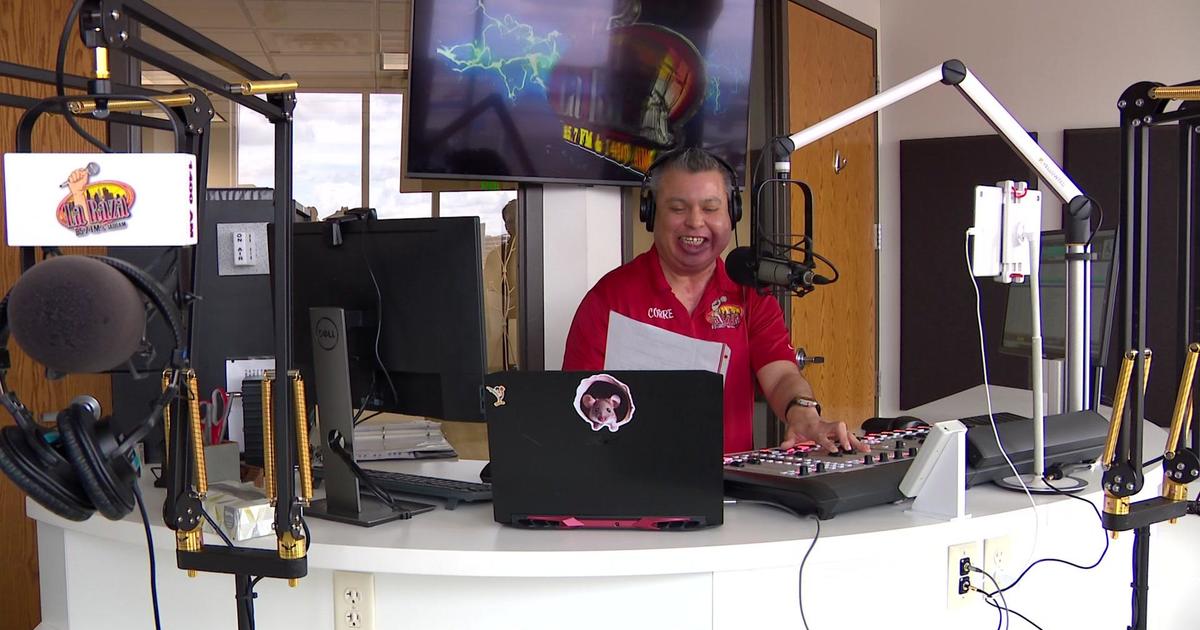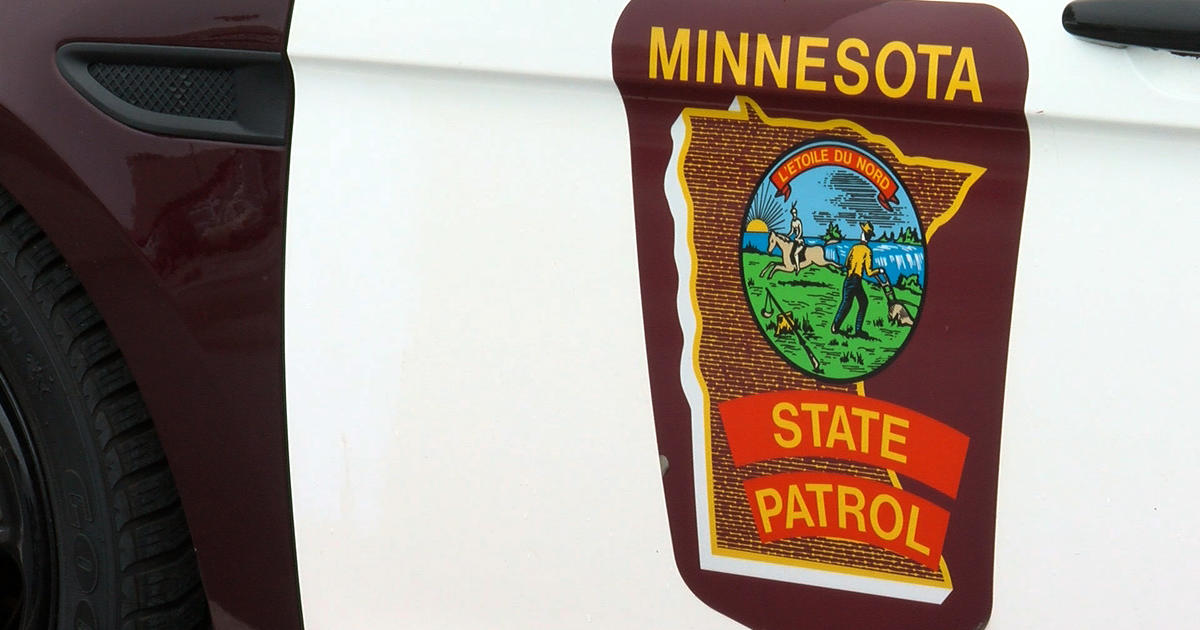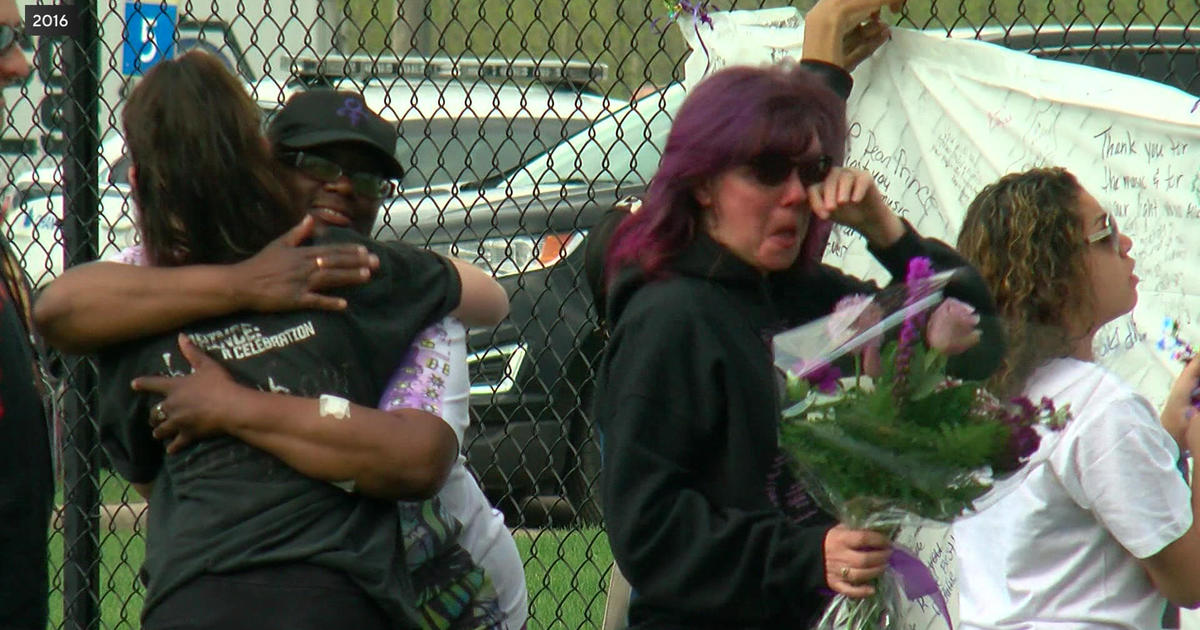What Is Minnesota's Black History? And When Does It Begin?
MINNEAPOLIS (WCCO) -- As the calendar turns to February, we have now entered Black History Month.
It's a chance to celebrate our country's Black heritage and culture while also educating people.
We wanted to know: What is Minnesota's Black history? And when does it begin? Good Question.
In the heart of north Minneapolis, you can learn how the roots of this neighborhood extend to all across the state.
"This is a picture of my grandparent's farm in Hutchinson, Minnesota. And they came there a little round 1910," said Coventry Cowens, as she proudly pointed to a black-and-white photo showcasing her family's humble beginnings.
Cowens is the curator and manager of the Minnesota African American Heritage Museum and Gallery.
"I think there are a lot of African American families that go back six, seven, maybe even eight generations in Minnesota," she said.
When does Minnesota's Black history begin?
"We don't know the exact families or who they were that started, but George is probably a kick-off point," she said.
Cowens is referring to George Bonga, who's considered the first Black person born in Minnesota in 1802. He was a fur trader who still has descendants in the Duluth area today.
What is it about southeast Minnesota that is important to the state's Black history?
"I think it's an entry point for a lot of African Americans who were coming out of the South," Cowens said.
The museum debuted a new exhibit Tuesday, highlighting how families settled in southeastern Minnesota in the 1800s, often using the Mississippi River as a pathway north. They lived in Rochester, Owatonna, Red Wing, Faribault, Hastings and other towns. Some were escaping slavery, while other were seeking opportunity before and after the Civil War. There was plenty of land for them to become farmers, while many became esteemed barbers.
"Most of their clientele were white residents of those towns," she said.
When did Minneapolis and St. Paul start to become that foundation of the Black community? That began in the late 1800s and the turn of the century. It's known as the "Great Migration," when Black families from the South came north. They took jobs at mills and factories to fill a labor shortage.
In 1900, there were about 5,000 Black residents in the state. At the end of the migration in 1970, there were nearly 35,000. Many came from Texas, Arkansas, Louisiana and Mississippi. Some left to escape segregation and Jim Crow laws in search of states that were more welcoming. Thriving Black communities were built in Minneapolis and St. Paul, partly because some neighborhoods rejected them.
"There were a couple areas that you could only buy homes in," Cowens said.
Covenants and "red-lining" prevented Black families from securing loans to buy homes in certain parts of Minneapolis or neighboring suburbs, pushing them to live in places like north Minneapolis.
Those same communities were also devastated by massive construction projects. Interstate 94 in St. Paul saw hundreds of homes and businesses in the Rondo neighborhood destroyed. Interstate 35W did the same in south Minneapolis.
"Some of that is growing back, and people can see that and they take pride in kind of a renaissance of north Minneapolis, south Minneapolis and Rondo," Cowens said.
The Black population also continues to grow. From 2010 to 2018, it grew by 36 -- the fastest growing racial group in that time period in Minnesota, adding 69,800 people.
That strength in numbers, and pride in expanding the Black community across the Twin Cities, is why Cowens feels the state's Black history has a bright future.
"The excitement is all that is to come," she said.
The Minnesota African American Heritage Museum and Gallery is located at 1256 Penn Avenue North. It's open Tuesday through Friday from 1 p.m. - 5 p.m., and Saturday from 10 a.m. - 1 p.m. Click here for more information.




